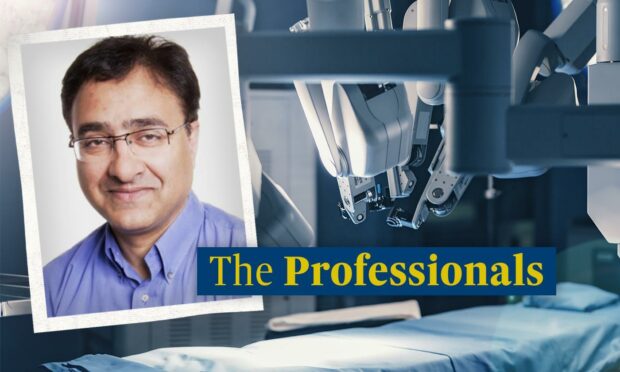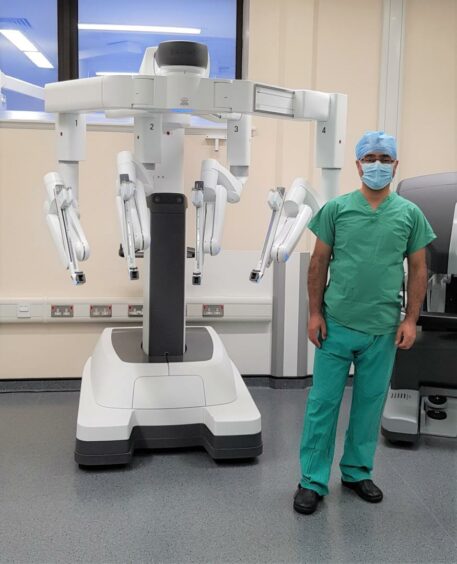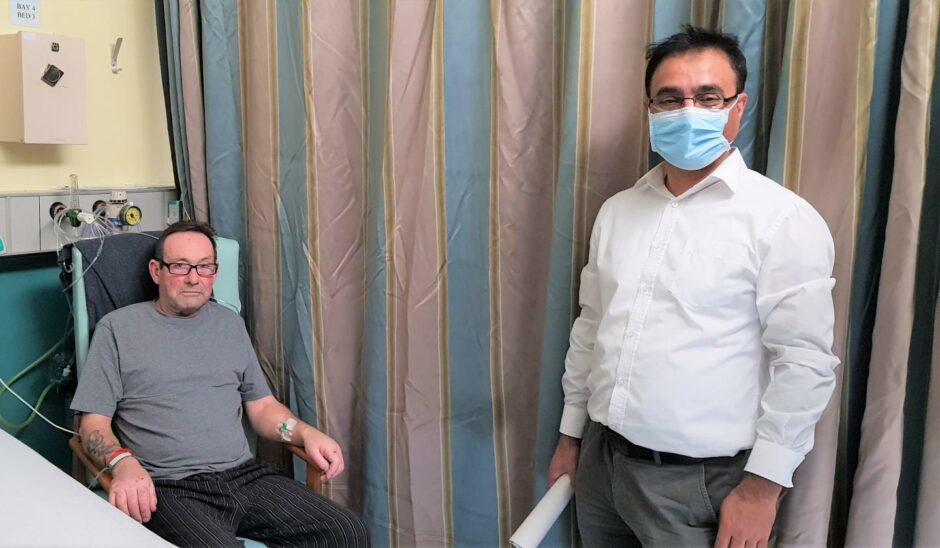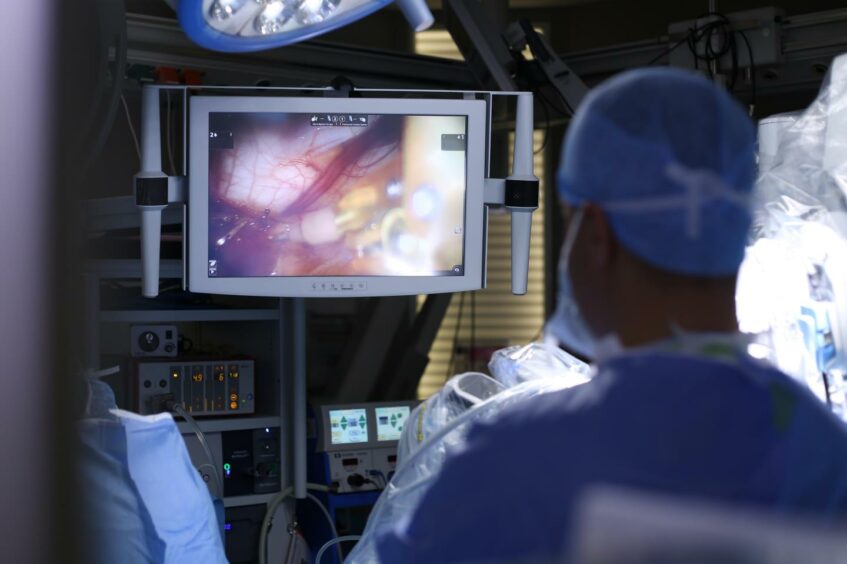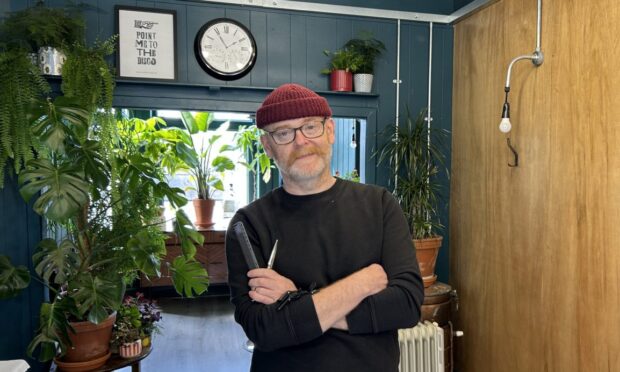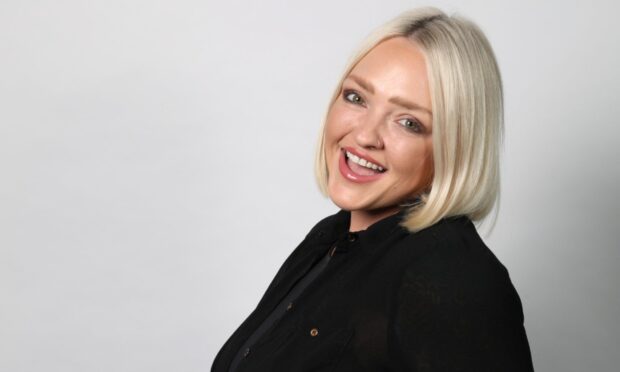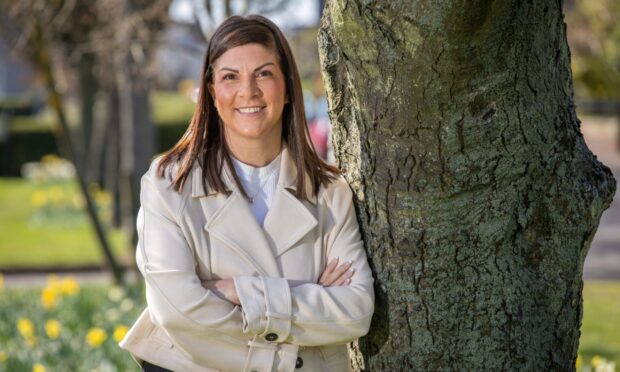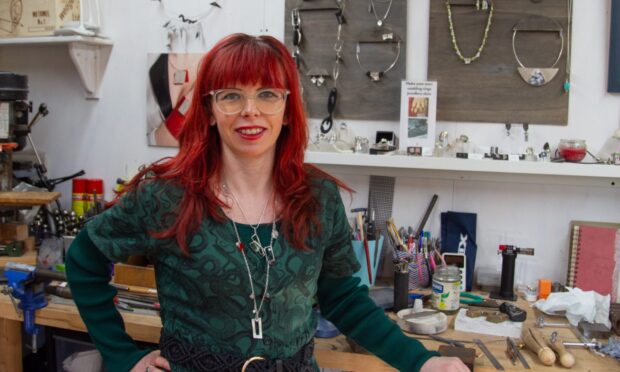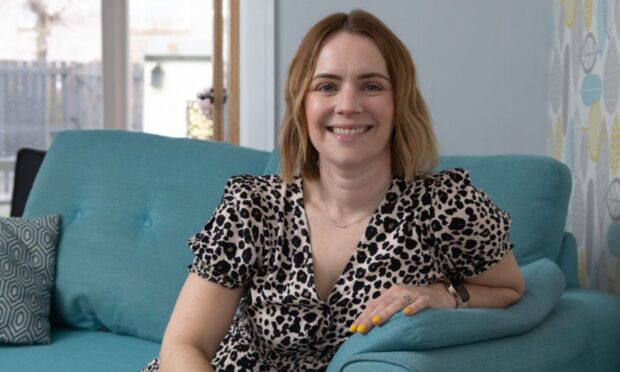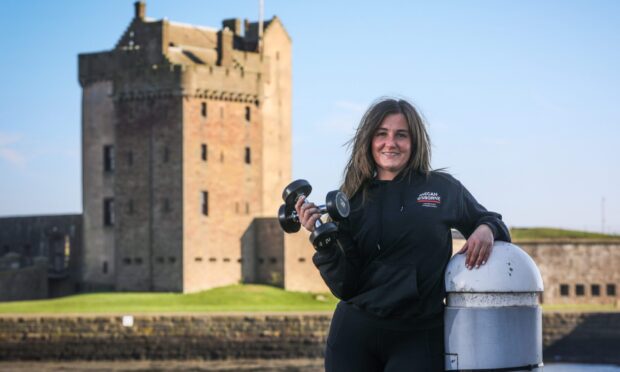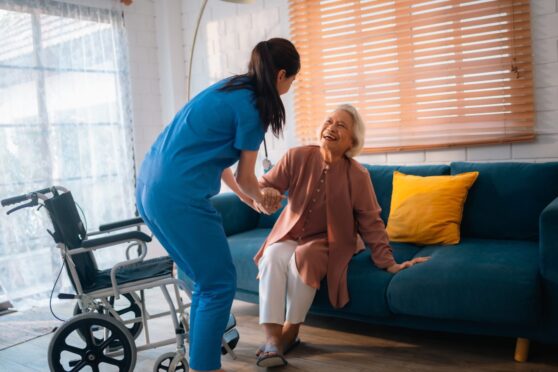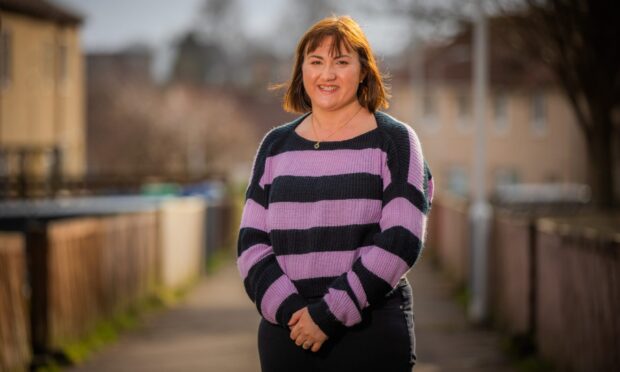Cancer patients in Tayside are now seeing the benefits of surgery performed with a state-of-the-art robot, which was delivered to Ninewells Hospital last year.
In the first of our series spotlighting health and wellbeing professionals in our area, we talk to respected surgeon and uro-oncology specialist Professor Ghulam Nabi.
And we get to see up-close the way the robot works on the human body. (Warning: graphic video).
The robot enables a surgeon to operate on cancers more easily as it accesses hard-to-reach areas of the body by mimicking the surgeon’s hand movements.
It makes much smaller incisions allowing intricate procedures such as tumour and organ removal to be carried out with more precision.
This means patients do not need to have open cuts and complex surgeries on some cancers, says Prof Nabi.
How does robotic surgery work?
“We make holes and into these we put instruments for surgery,” he explains. “Then we manipulate the robots.
“Using the robot allows us to see a small structure in minute detail.
“It gives a three-dimensional vision so all the aspects of cancer or an organ, for example the prostate, are magnified.
“This means you can control bleeding better so there’s less blood loss.
“And inside the instruments there’s a mechanism by which you can reduce the trauma to the tissue.
“So, for example, if you press the tissue too much there’s an inherent system (in the robot) which allows you to apply a certain force. So it’s a less traumatic operation.”
How do patients feel about it?
“Patients recover more quickly with reduced pain, reduced complications, reduced blood loss and ultimately, improved outcomes than with traditional laparoscopy operations.
“I’ve done 15 for prostate cancer and most of those patients went home the next day.”
One of the first patients in Tayside, 69-year-old urology patient Stanislaw Szeszko, had treatment for prostate cancer.
Mr Szesko says: “I feel very grateful I was able to benefit from this new type of surgery at Ninewells Hospital.
“The traditional way to deal with it would have seen me having a major operation and having to stay in hospital for around seven days.
“Amazingly within 24 hours I was sitting up waiting to be discharged from the ward, which I was very happy about.”
How much did the robot cost?
“Around £1.5 million,” Prof Nabi continues. “Longer-term though, it is cost-effective. Patients recover fast, can resume work faster, and with less chance of returning to hospital with complications.
“That is as well as the significant advantage to people suffering from disease such as cancer.
“I worked with the Scottish Government to bring this here and we were fortunate that they funded it.”
Where is robotic surgery used in Ninewells Hospital?
“I use it for urology, my colleagues use it for gynaecology, upper gastrointestinal and colorectal/bowel cancer.
“We hope to expand this in future to ENT and head and neck cancers.”
Will the future of healthcare be surgical robots?
“Yes, it is cutting-edge technology. The robot is able to minimise the treatment and make it more precise.
“They would make a huge difference because there are further advancements in machine learning and artificial intelligence.
“The training involves a significant amount of time and simulation. Surgeons and their multi-disciplinary teams complete intensive training to operate the robot.
“It is early days for the robotic assisted surgical service in Tayside. However, we hope this advanced surgical technology develops further bringing even more benefits in future.”
